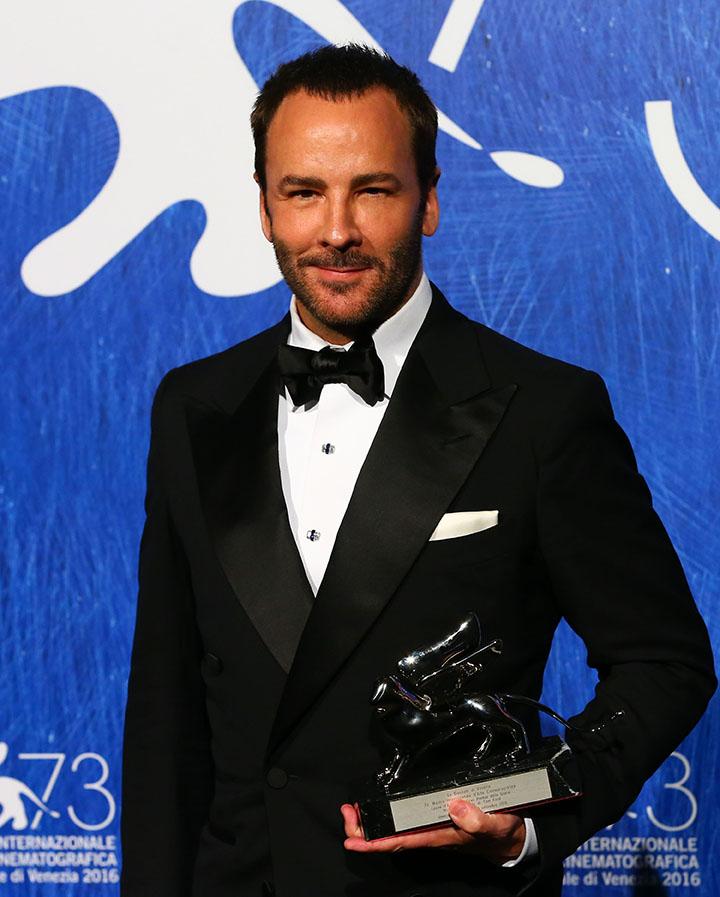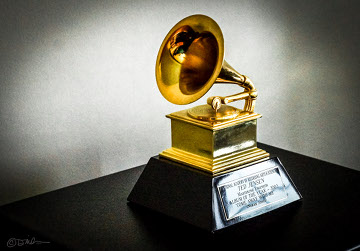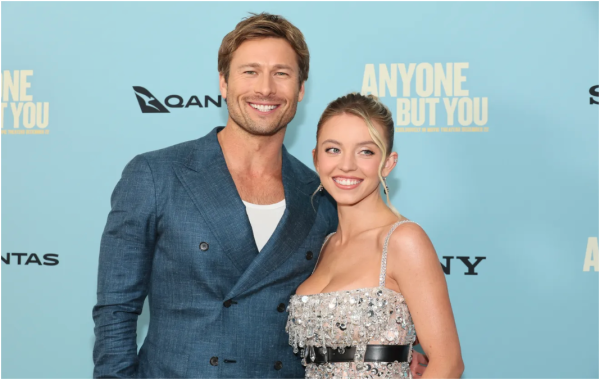No Country for Fluky Folk: A Review of the Cinematic Landmark Nocturnal Animals
Director Tom Ford poses with the Silver Lion for Grand Jury Prize for Nocturnal Animals during the award winners photocall of the 73rd Venice Film Festival on Sept. 10, 2016 in Venice, Italy. (Xinhua/Sipa USA/TNS)
Indeed, the pen is mightier than the “gold.” Nocturnal Animals is Gucci stylist turned filmmaker Thomas Ford’s sophomoric feature entry after garnering praise for his debut with 2010’s A Single Man, demonstrating yet again his noggin of treasures to offer in the arts beside fashion.
And boy, is this a smoothie of a picture blended with the iconographic looks and feels of ‘70s model cinema (no pun), while happening to speak from one’s experience in the art community and be fitted with the most terrific actors to realize Tom Ford’s vision of true experimental cinema.
Ford’s latest in 7 years is a southwestern adaptation and reimagining of Austin Wright’s ‘93 published northeastern meta thriller Tony & Susan.
The film centers on Amy Adams as art gallery owner Susan Morrow in modern day Los Angeles. Leading a grey life among a colorful community, she ponders her life and if there is meaning to any of it. Clearly, she is disappointed with the way her life is, seeing the emptiness of it all.
Soon enough Susan receives a package from her ex-husband, Edward Sheffield (Jake Gyllenhaal), containing a manuscript for a novel in the works. She reads, Nocturnal Animals by Edward Sheffield. And so her world is turned upside down by the earliest chapters of a horrific “fictional” narrative by her ex.
Reading the story Susan is perturbed by the events surrounding an everyday man, Tony Hastings (Gyllenhaal), when driving on the dark vacant roads of West Texas to a family vacation home with his wife and daughter, Laura (Isla Fisher) and India (Ellie Bamber). What unfolds in these events surround the lone Suburbanite creatures is not something anyone would want to experience for themselves.
With Nocturnal Animals, Ford not only realizes his views of the world of art on screen but showcases what the very idea of literature is through the two interconnected narratives entailing lost love and revenge. With that, he conveys a single bloodletting world of duality in Morrow’s pristine realm of the overly privileged LA art scene and in the lonely vacuum of Tony’s neck of the woods in a seductive yet wicked Texas landscape depicted in Edward’s work of fiction.
Tony’s evolution in Sheffield’s novel could be taken by both Susan and the audience as symbolic of the inner changes in its author both morally and instinctively, representing a coming of age in him that is evident in his writing. Between Susan and Tony, Tony’s life is susceptible to breaking any glass box of fineries.
This is a two sides-of-the-coin tale of morality set against the backdrops of a boondock noir in the vein of Sam Peckinpah’s Straw Dogs (of which it is allegedly influenced) and a Nouveau riche metropolitan drama, with a curiously fitting Kubrickian and Lynchian flair to relieve the pretension of Susan’s purposely smug lifestyle.
Shot with a purely dreamlike quality through the lens of Seamus McGarvey and Tom Ford’s own acuity for stark coloration to highlight various forms of imagery and motifs, Ford’s second round in the ballpark is a tightly knit yet gracefully executed homerun, and for any serious audience is not something to be so easily passed on.
But heed this warning, the opening shots of Ford’s 2-hour gallery is twisted, bold, and is, well, emotional, and is bound to grind a few gears, perhaps more. You will see it soon enough. Perhaps too soon for your liking. Then again, a portrait’s purpose is to spur its viewer from their deep sleep. 86/100.
Released December 9th
120 minutes, rated R (not for young children)












